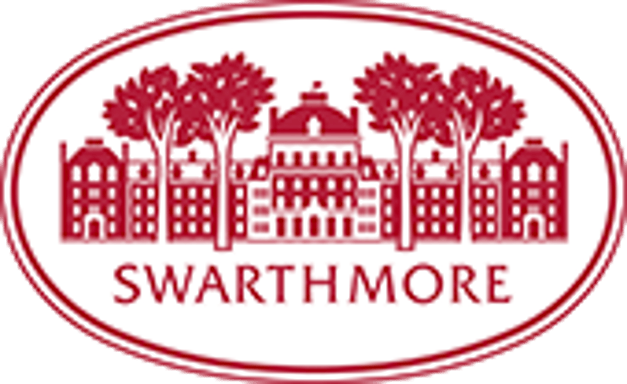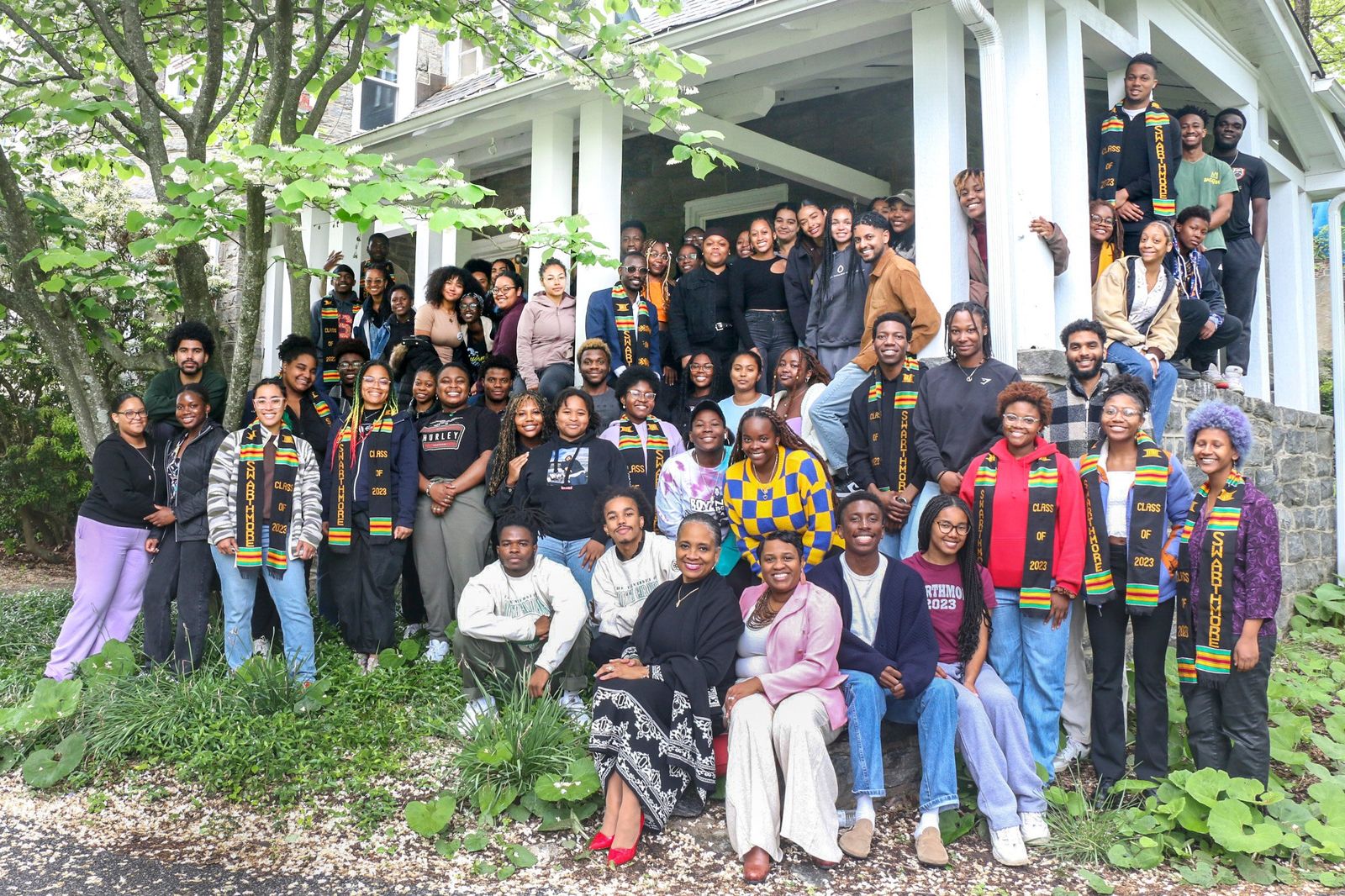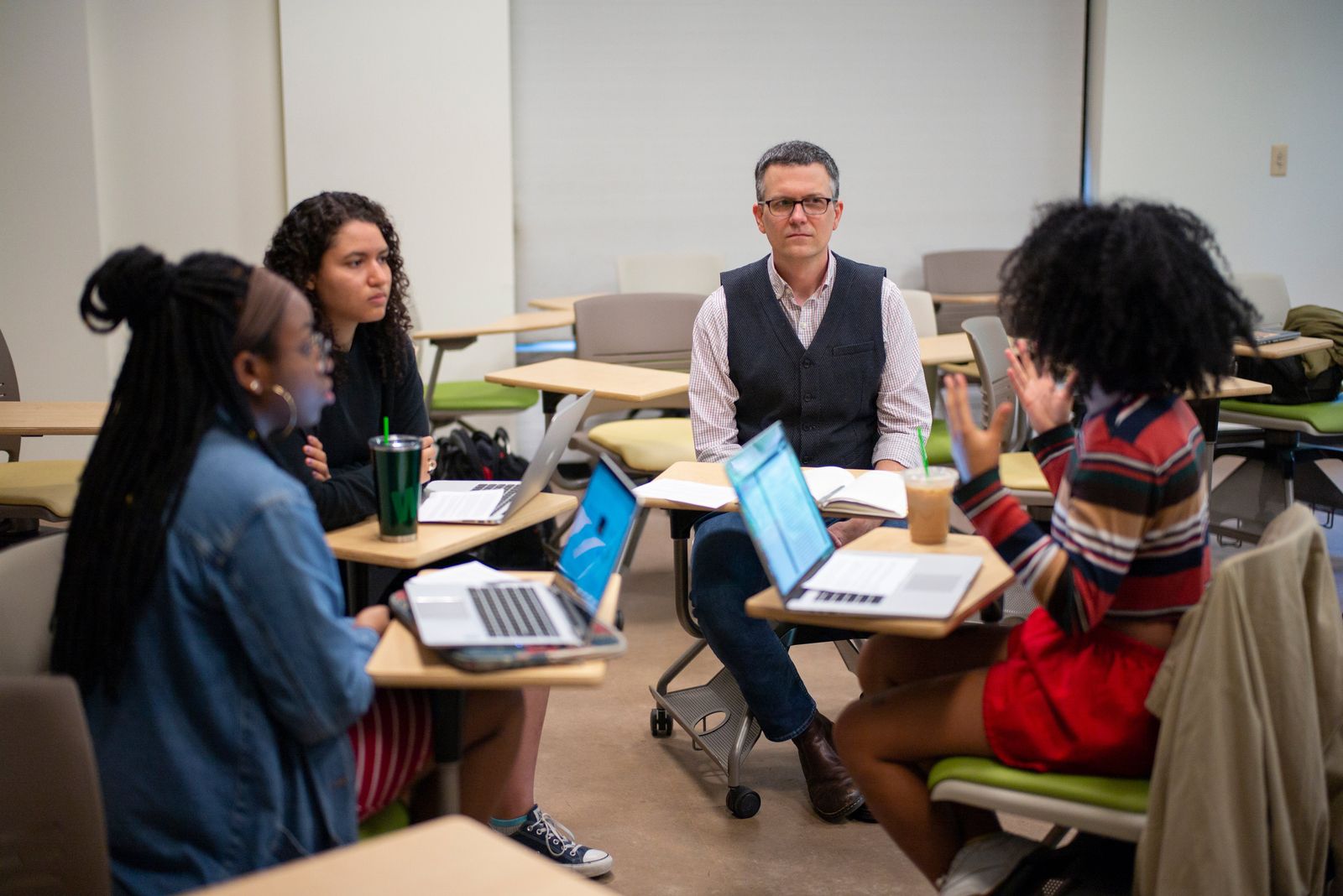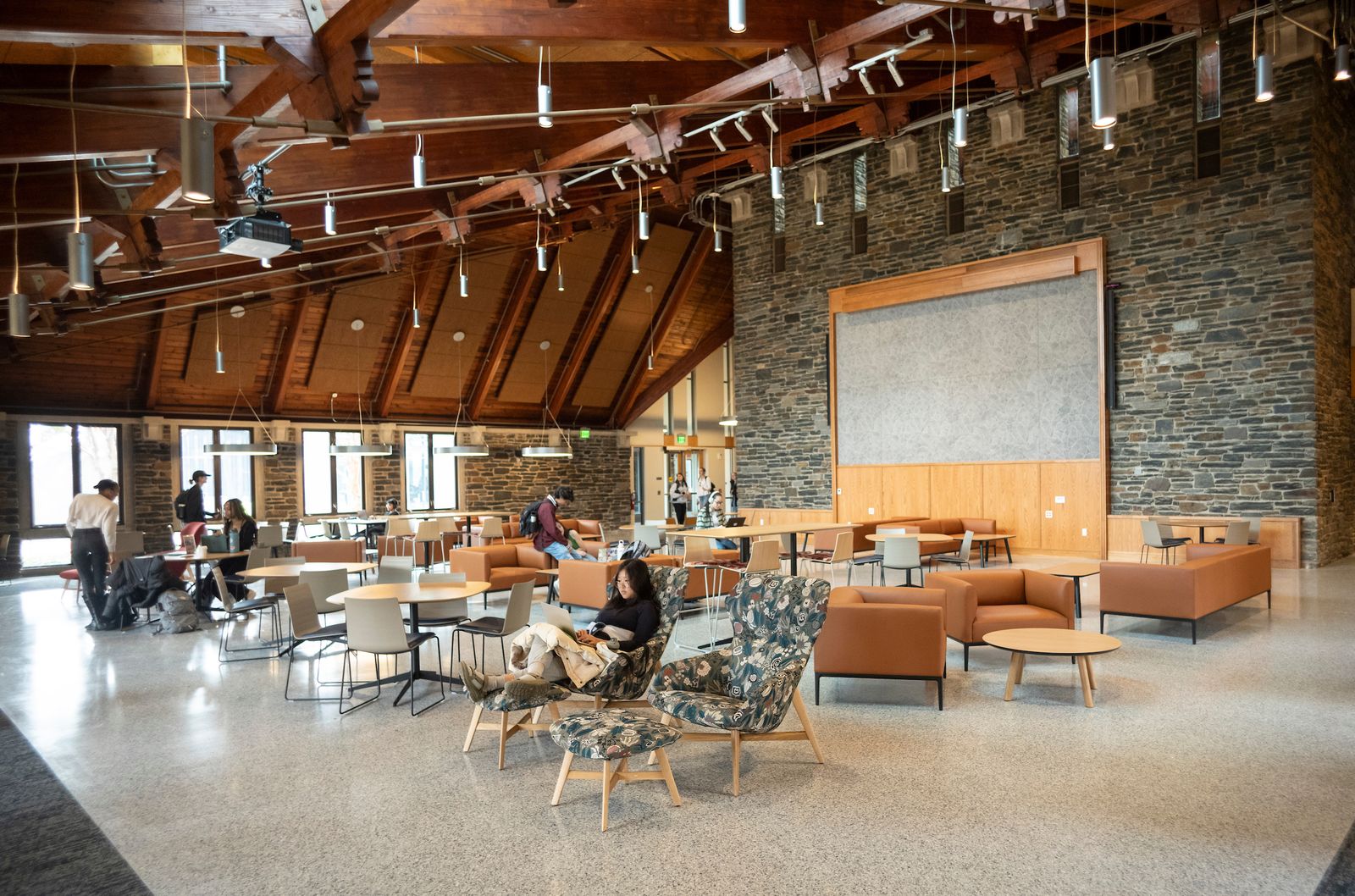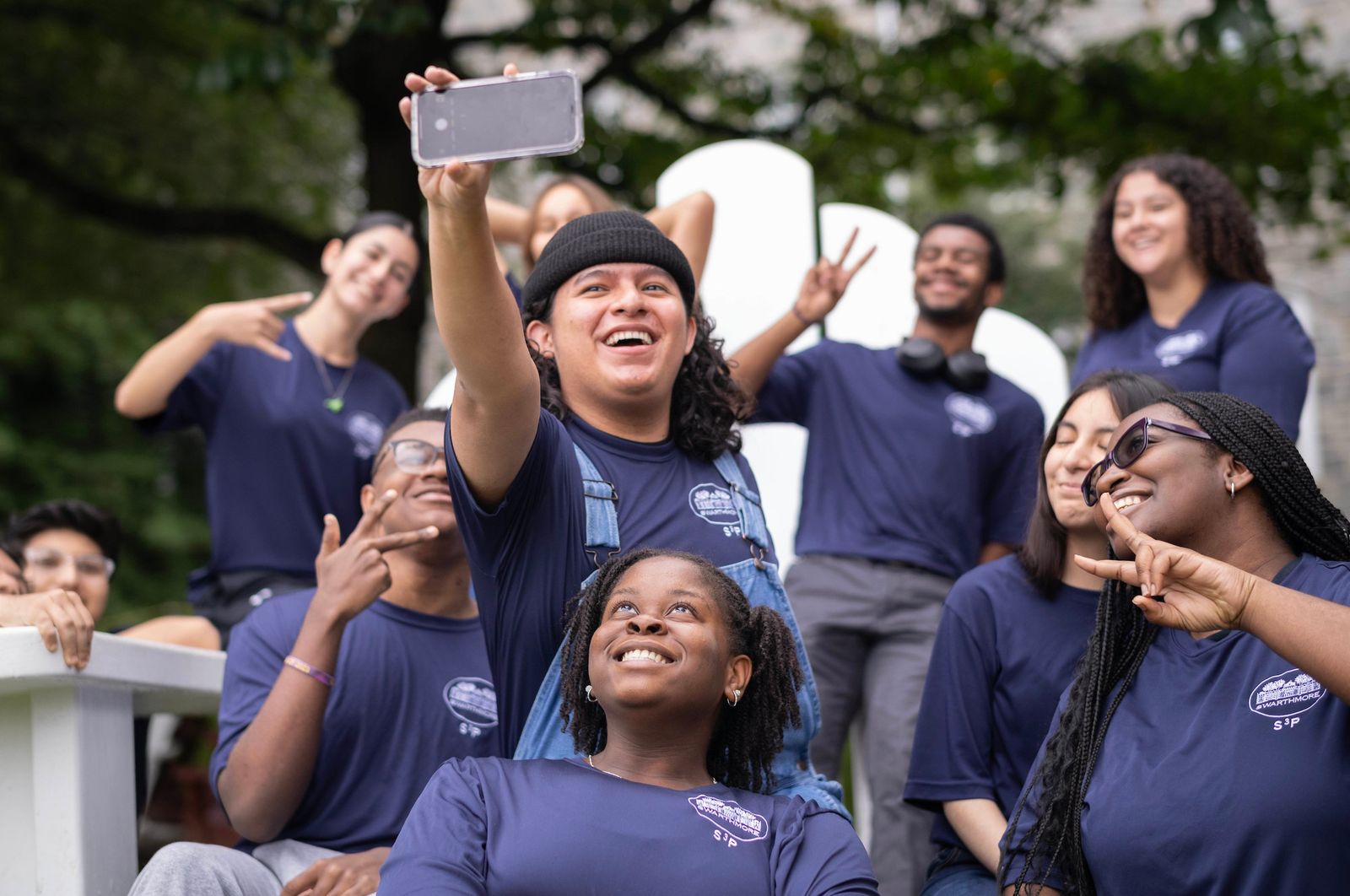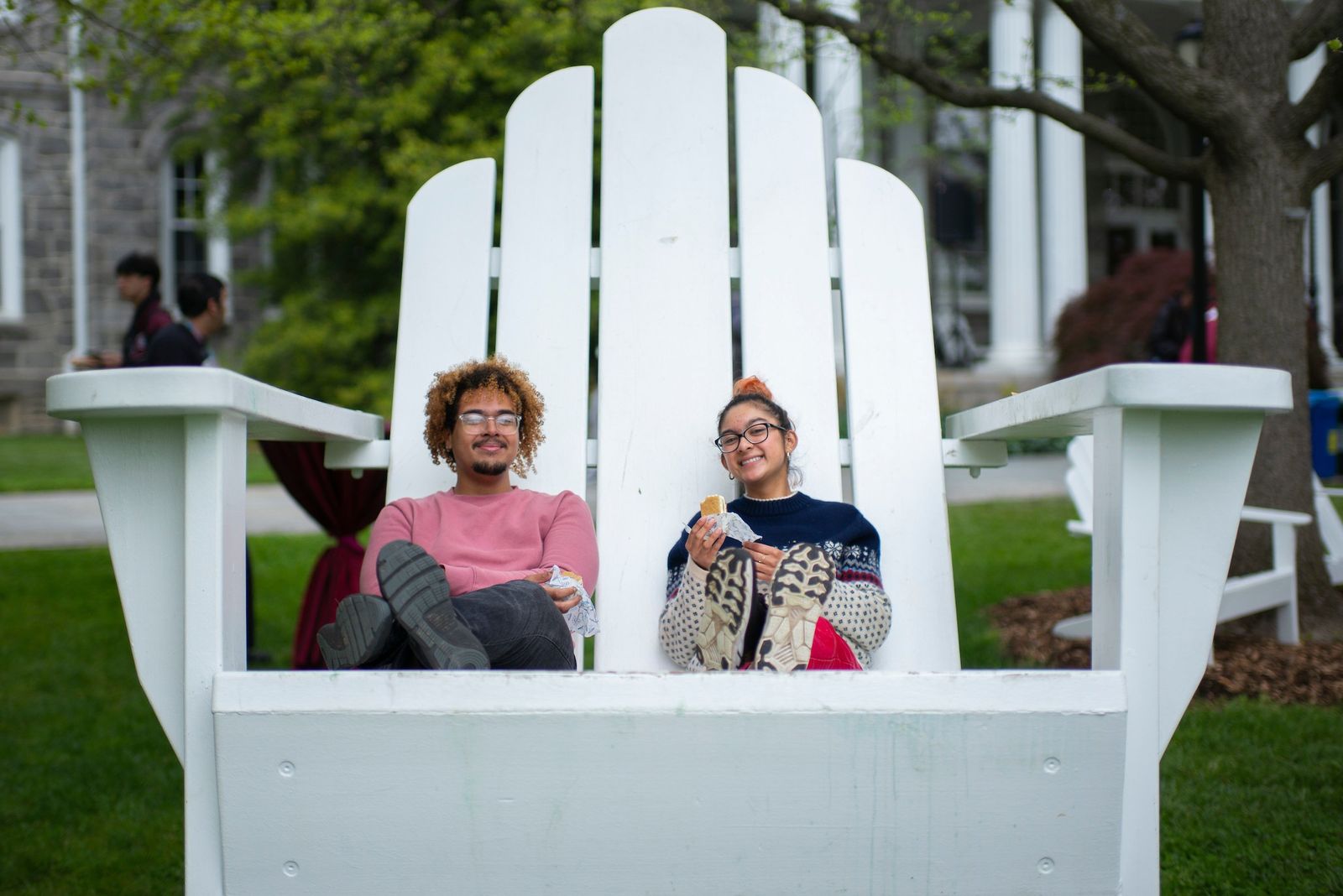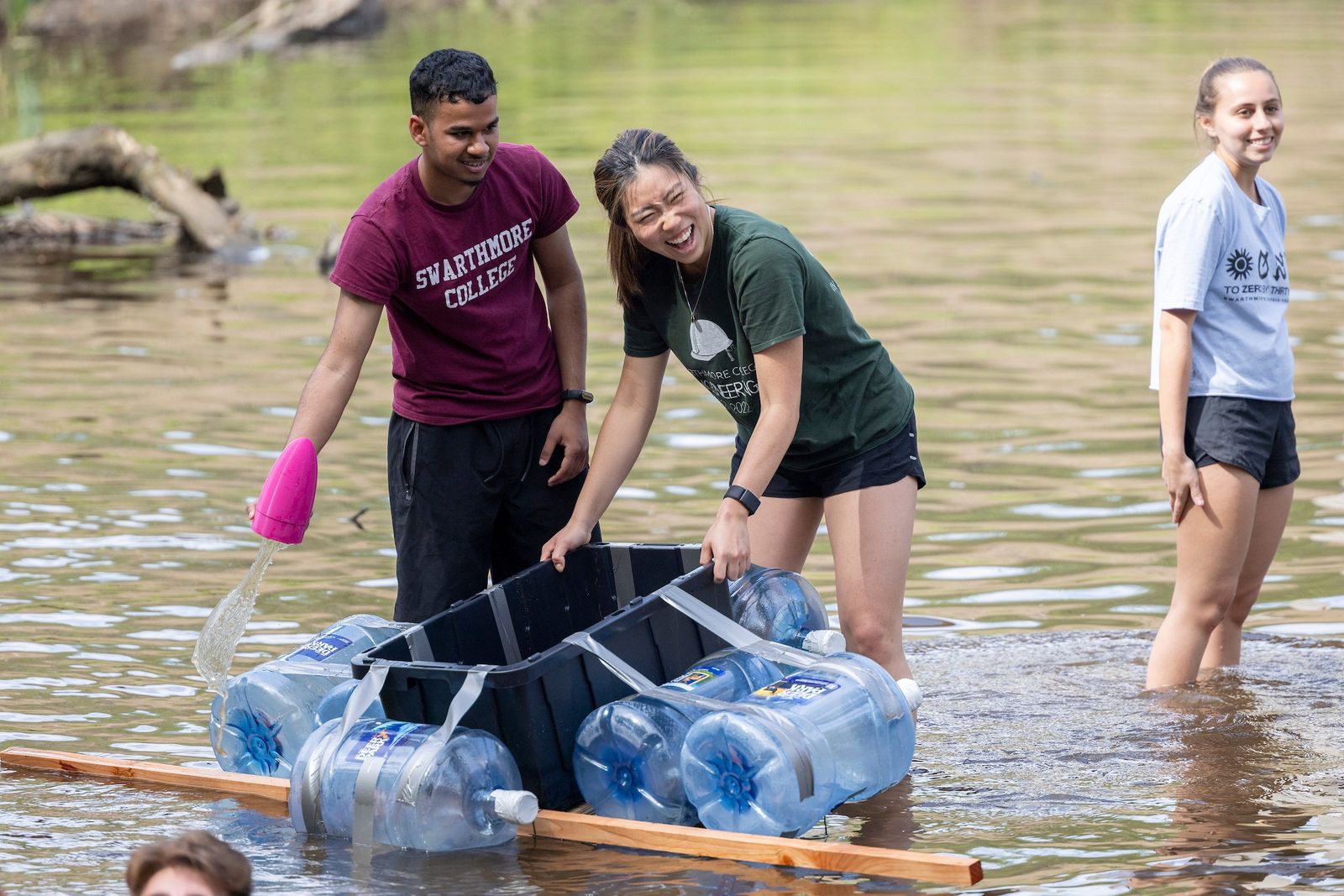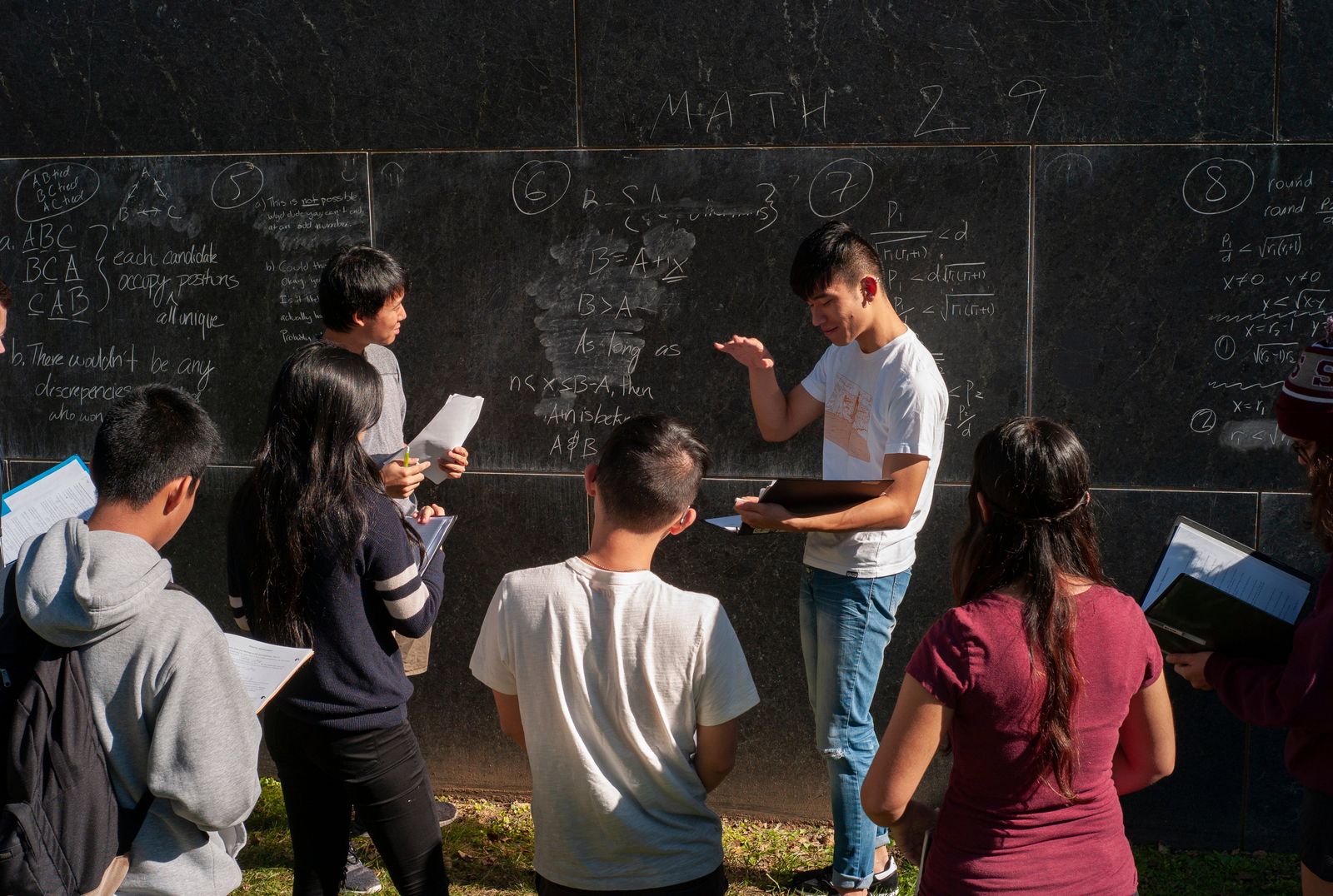Swarthmore College
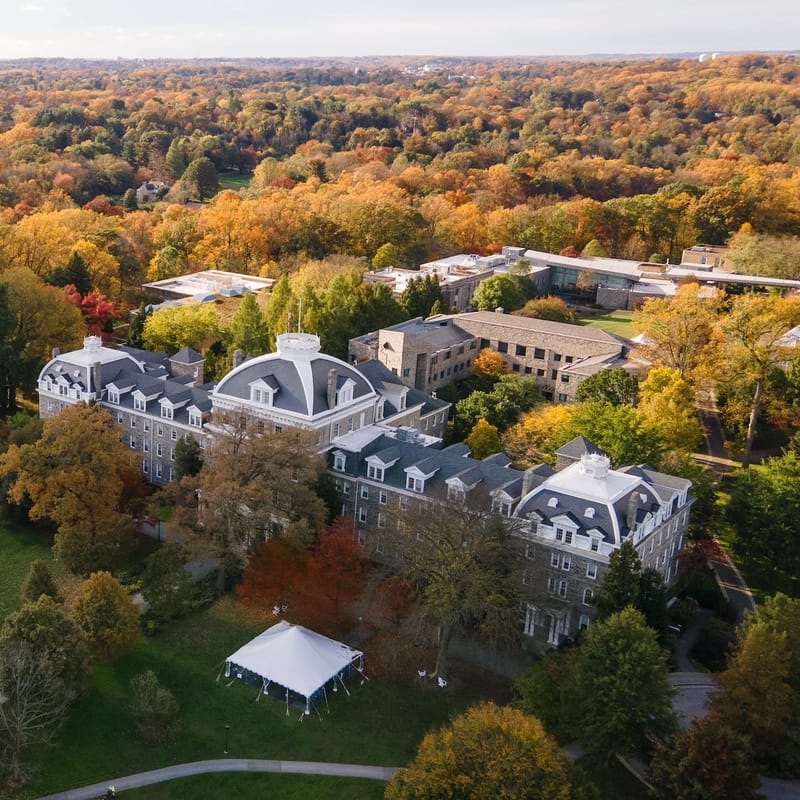
Get to know Swarthmore College
School Profile
Suburban campus setting
1,702 undergraduate students
427 first-year students
25% first-generation to college
Students hail from 50 U.S. states and 90 countries
Admissions
20% affiliated with QuestBridge (Admitted Class of 2029)
27% worked with a community-based organization (Admitted Class of 2029)
Academics
50+ programs of study, including design own special major
Student-to-faculty ratio 8:1
66% participate in undergraduate research or independent creative projects
Introduction to Swarthmore College
Swarthmore College offers a liberal arts and engineering curriculum within a community that values different viewpoints, identities, and histories. Since its founding in 1864, Swarthmore has given students the knowledge, insight, skills, and experience to become leaders for the common good. Swatties collaborate, rather than compete; they like to dive deep and then put their ideas to work. The idyllic, 425-acre arboretum campus features rolling lawns, a creek, wooded hills, and hiking trails. Swarthmore is located just 11 miles from Philadelphia, PA, with a train station at the foot of campus.
Students choose from more than 600 different courses with over 50 programs of study, ranging from economics and computer science to philosophy and an ABET-accredited engineering program. In addition, students may cross-register for classes at Bryn Mawr College, Haverford College, and the University of Pennsylvania. Celebrating over 100 years, Swarthmore’s self-selected Honors Program, is distinctive: it features small seminar classes that explore specific topics with remarkable collaboration between students and faculty, and culminates in examinations conducted by external experts in their fields.
First-year students do not receive letter grades on their transcripts for their fall semester courses. Instead, their professors provide them with meaningful feedback on their work, and students receive “credit” or “no credit” marks on their transcript (Swarthmore's version of pass/fail). Class ranks and GPAs are not published. This allows students to take intellectual risks, adjust to college-level coursework, collaborate with peers, and focus on learning for learning’s sake. An emphasis is placed on independent research and special projects. Students frequently enter into dialogue with peers, teachers, and external experts.
Swarthmore offers a wide range of resources for budding entrepreneurs and students who are passionate about public service. The Center for Innovation and Leadership provides tools for students to develop and implement their ideas while building entrepreneurship and leadership skills. Swarthmore’s Lang Center for Civic and Social Responsibility supports students who engage in impactful community-based work beyond their academic pursuits. Swarthmore also has extensive pre-professional advising available for students interested in the health sciences and legal professions.
Incoming students join a vibrant and collaborative campus community that challenges assumptions and increases shared understanding. Programs and spaces such as the Intercultural Center, Black Cultural Center, and Swat FLI (First First-Gen/Low-Income), among others, are open to all students and assist students in building community, finding support, and taking advantage of college resources.
Swarthmore also ensures that college is affordable and accessible to all with loan-free financial aid that meets 100% of a student’s determined need. There are also no hidden fees — students never pay extra for things like events, printing, laundry, lab classes, and sports. All Swarthmore students get a free public transit pass to get around Philadelphia and the region. Furthermore, every student receives an annual $800 allowance for textbooks and required course materials. Students have the opportunity to pursue undergraduate summer research, and many apply for a stipend so that they can devote a substantial amount of time to their project.
During the last five years, 78% of Swarthmore applicants were admitted to medical school, compared to a national average of 42%. 80% of Swarthmore applicants to law school were accepted, compared to a national average of 70%.
Approximately 40% of students study abroad and those who do receive their financial aid award as if they were studying on campus.
